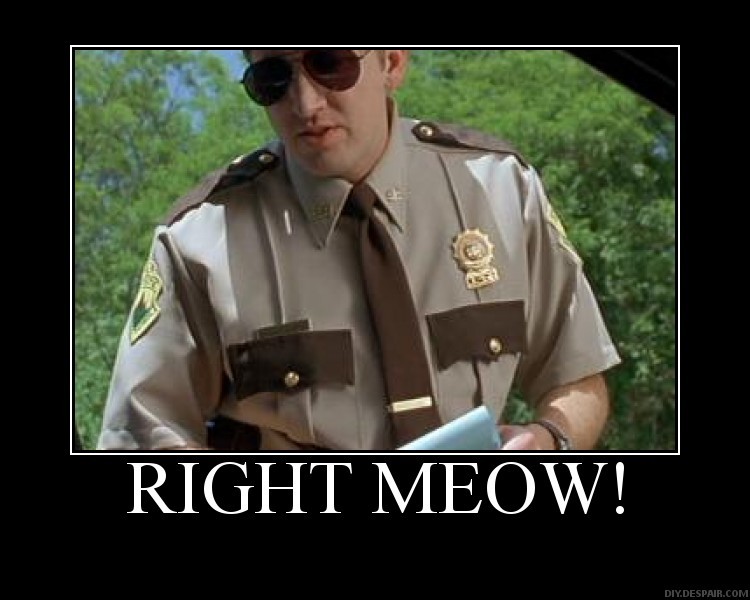Westerlund 2 Star Cluster in Gum 29 - Hubble 25th Anniversary Image
Adam Rifkin stashed this in The Universe
Stashed in: Stars!, Astronomy Photos, Space Images
From the Hubble website:
The brilliant tapestry of young stars flaring to life resemble a glittering fireworks display in the 25th anniversary NASA Hubble Space Telescope image to commemorate a quarter century of exploring the solar system and beyond since its launch on April 24, 1990.
"Hubble has completely transformed our view of the universe," said John Grunsfeld, astronaut and associate administrator of NASA's Science Mission Directorate. "This vista of starry fireworks and glowing gas is a fitting image for our celebration of 25 years of amazing Hubble science."
The sparkling centerpiece of Hubble's silver anniversary fireworks is a giant cluster of about 3,000 stars called Westerlund 2, named for Swedish astronomer Bengt Westerlund, who discovered the grouping in the 1960s. The cluster resides in a raucous stellar breeding ground known as Gum 29, located 20,000 light-years away from Earth in the constellation Carina.
To capture this image, Hubble’s Wide Field Camera 3 pierced through the dusty veil shrouding the stellar nursery in near-infrared light, giving astronomers a clear view of the nebula and the dense concentration of stars in the central cluster. The cluster measures between 6 to 13 light-years across.
The giant star cluster is only about 2 million years old and contains some of our galaxy's hottest, brightest, and most massive stars. Some of its heftiest stars unleash torrents of ultraviolet light and hurricane-force winds of charged particles that etch at the enveloping hydrogen gas cloud.
The nebula reveals a fantasy landscape of pillars, ridges, and valleys. The pillars, composed of dense gas and thought to be incubators for new stars, are a few light-years tall and point to the central star cluster. Other dense regions surround the pillars, including reddish-brown filaments of gas and dust.
The brilliant stars sculpt the gaseous terrain of the nebula and help create a successive generation of baby stars. When the stellar winds hit dense walls of gas, the shockwaves may spark a new torrent of star birth along the wall of the cavity. The red dots scattered throughout the landscape are a rich population of newly forming stars still wrapped in their gas-and-dust cocoons. These tiny, faint stars are between 1 million and 2 million years old — relatively young stars — that have not yet ignited the hydrogen in their cores. The brilliant blue stars seen throughout the image are mostly foreground stars.
Because the cluster is very young — in astronomical terms — it has not had time to disperse its stars deep into interstellar space, providing astronomers with an opportunity to gather information on how the cluster formed by studying it within its star-birthing environment.
The image's central region, which contains the star cluster, blends visible-light data taken by Hubble's Advanced Camera for Surveys with near-infrared exposures taken by the Wide Field Camera 3. The surrounding region is composed of visible-light observations taken by the Advanced Camera for Surveys. The red colors in the nebulosity represent hydrogen; the bluish-green hues are predominantly oxygen.
From Reddit astronomer andromeda321:
For anyone interested in a bit of science behind the prettiness, I actually have a colleague studying the star cluster in this picture, which is called Westerlund 2 (after an astronomer named Westerlund who cataloged it). It's about 20,000 light years from us in another spiral arm of the Milky Way, at a more-or-less similar distance from the center. The reason these stars are really interesting to astronomers is they are super young, as one might guess from being right next to the nebula, like only a million or two years old young. That's nothing for stars like our sun that live billions of years, these guys are babies! Except these stars are particularly hot and bright ones- mainly O stars, the biggest kind of stars, which only live 5-6 million years... so if you're an O star, you're through a decent fraction of your lifetime already, and will explode in a firey supernova at the end of that life.
So I always say O stars are the true rock stars of the universe: live fast, shine bright, and die young. Anyway...
So the reason my colleague studies this cluster is it has some of the most massive stars we know of in it- there's a pair of supermassive stars in a binary (which is awesome because then you can measure the star's masses- luckily for reasons we don't know most supermassive stars form in binaries) and one of those clocked in at 80 solar masses. That is insane. For perspective, anything over 15 solar masses is already an O star, so we're talking about a star that is maybe one of a hundred in a galaxy of 100 billion stars. It has a super strong stellar wind though, so was likely much bigger when it formed, a
BI has 19 stunning Hubble images:
http://businessinsider.com/stunning-hubble-telescope-photos-2015-4?op=1
3-D fly through:
Source: http://sploid.gizmodo.com/incredible-hub...
OMG:
perspective on Hubble’s 25th anniversary image of the nebula Gum 29 with the star cluster Westerlund 2 at its core. The flight traverses the foreground stars and approaches the lower left rim of the nebula Gum 29. Passing through the wispy darker clouds on the near side, the journey reveals bright gas illuminated by the intense radiation of the newly formed stars of cluster Westerlund 2. Within the nebula, several pillars of dark, dense gas are being shaped by the energetic light and strong stellar winds from the brilliant cluster of thousands of stars. Note that the visualization is intended to be a scientifically reasonable interpretation and that distances within the model are significantly compressed.












10:27 PM Apr 23 2015